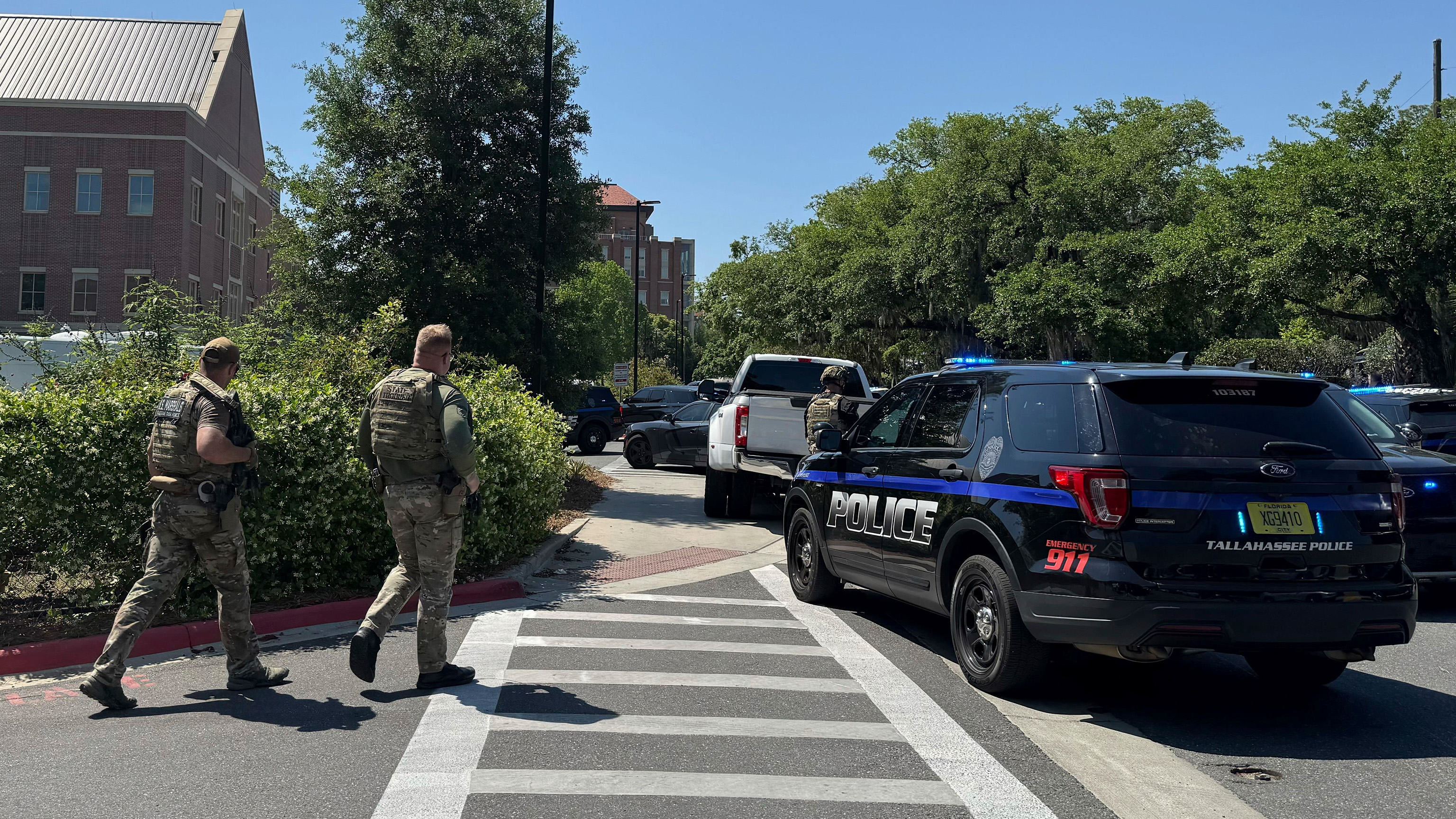How a Handshake Is Boosting Fears of MERS

A simple handshake has raised questions about MERS, the deadly infection now known to have spread on U.S. soil.
An Illinois man tested positive for the infection Friday, marking the third U.S. case in two weeks.
But unlike the first two cases, the man had not come from Saudi Arabia. Rather, he had a business meeting and shook hands with a seemingly healthy associate, who two days later would land in the intensive care unit of a hospital in Munster, Indiana.
"This is the first MERS infection acquired in the U.S.," said ABC News' chief health and medical editor, Dr. Richard Besser. "There are a couple possibilities: one is that it was transmitted by handshake; the other is that their face-to-face meeting, which lasted 40 minutes, was enough for the virus to be transmitted. At this point, there's no way of knowing which it was."
One Tech Guru's Crusade to Ban Handshaking
The Illinois man is fine. Unlike his business associate, he never developed any symptoms, which include fever, cough and body aches. He tested negative for an active infection May 5, but tested positive for MERS virus antibodies May 16, according to the CDC.
"The good news is that you can get this infection and have no symptoms," said Besser.
But that might also be the bad news, since it's unclear whether someone with no MERS symptoms can spread the virus.
"We don't know yet," Besser said.
MERS is still thought to spread primarily through close contact in healthcare settings like hospitals. But the Illinois man's 40-minute business meeting raises the scary possibility that the virus has the potential to spread through face-to-face conversations and handshakes.
Handshake vs. Fist Bump: Which is safer?
The CDC tested close contacts of the first two U.S. MERS cases -- but only contacted the people they shared flights with to ask about symptoms.
"It sure strikes me that if you're able to get this through 40 minutes of face-to-face conversation, you would want to know whether the people sitting next to someone on an airplane could get the MERS infection as well," Besser said, adding that data suggest the MERS virus can live on surfaces for more than 48 hours - up to 24 times longer than the seasonal flu, according to CDC.
But the CDC said the "latest development" does not change the agency's recommendations to prevent the spread of MERS, which include frequent hand washing, avoiding contact with people who appear sick and disinfecting frequently touched surfaces.
"It's possible that as the investigation continues others may also test positive for MERS-CoV infection but not get sick," said Dr. David Swerdlow, who is leading the agency's MERS response. "Along with state and local health experts, CDC will investigate those initial cases and if new information is learned that requires us to change our prevention recommendations, we can do so."
Find out how to protect yourself from MERS.
The new case also suggests that some MERS stats are a little skewed. The World Health Organization has been reporting that that infection is fatal 30 percent of the time - a number that fails to account for symptomless cases.
"If you're only counting people who have been in hospital and were sick to begin with, it's going to look a lot more severe than it is," said Besser. "In all likelihood, that 30 percent figure is inflated."






